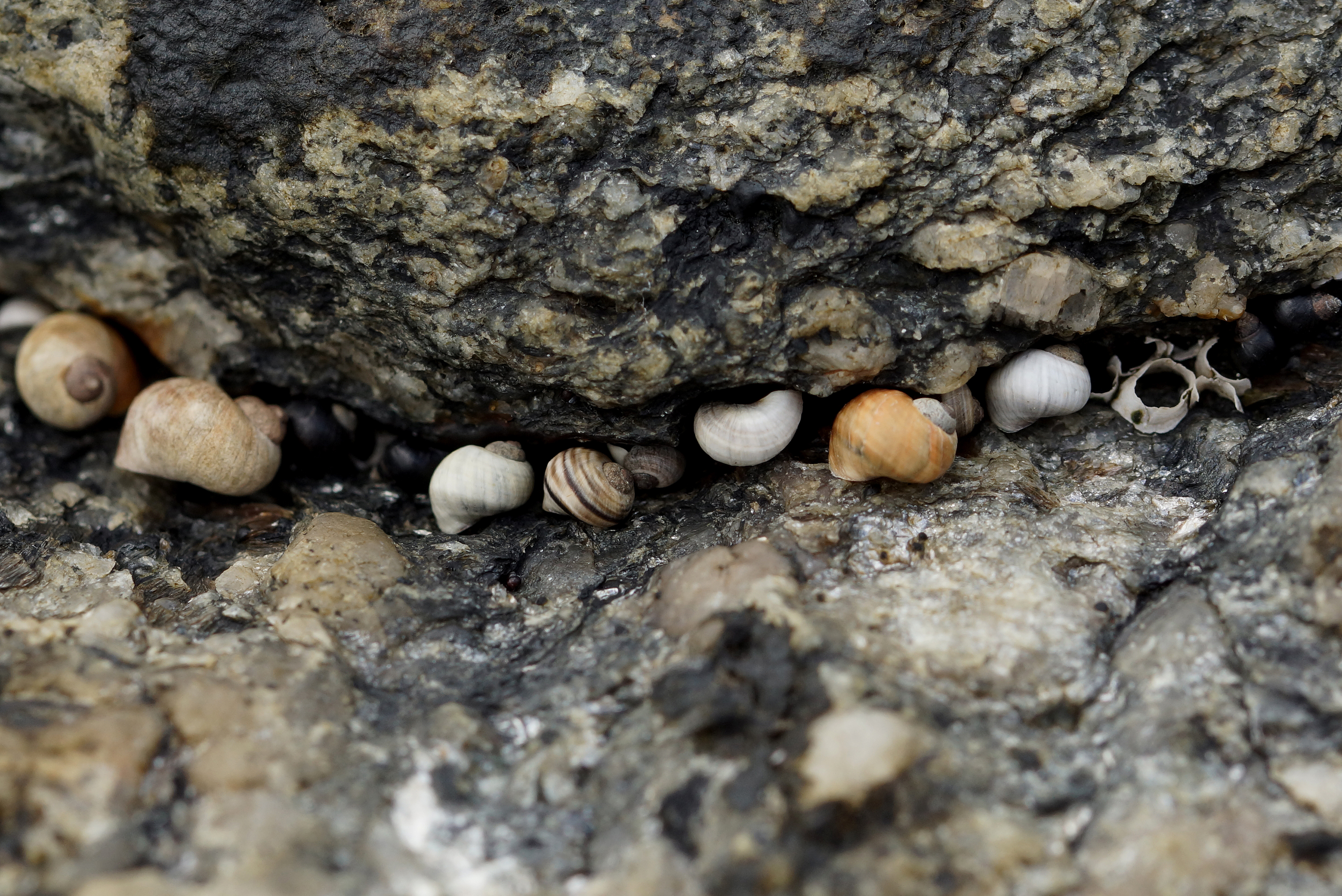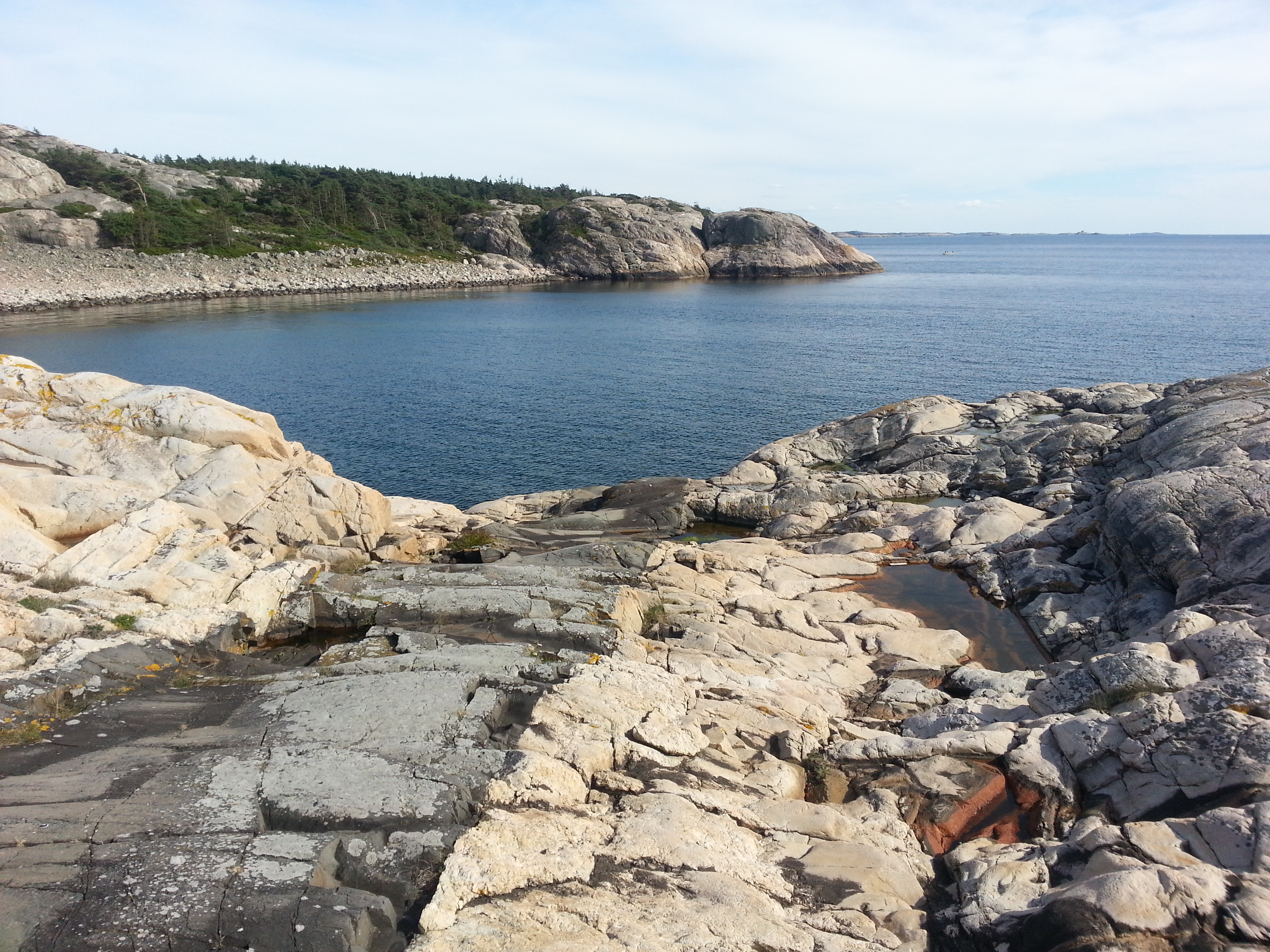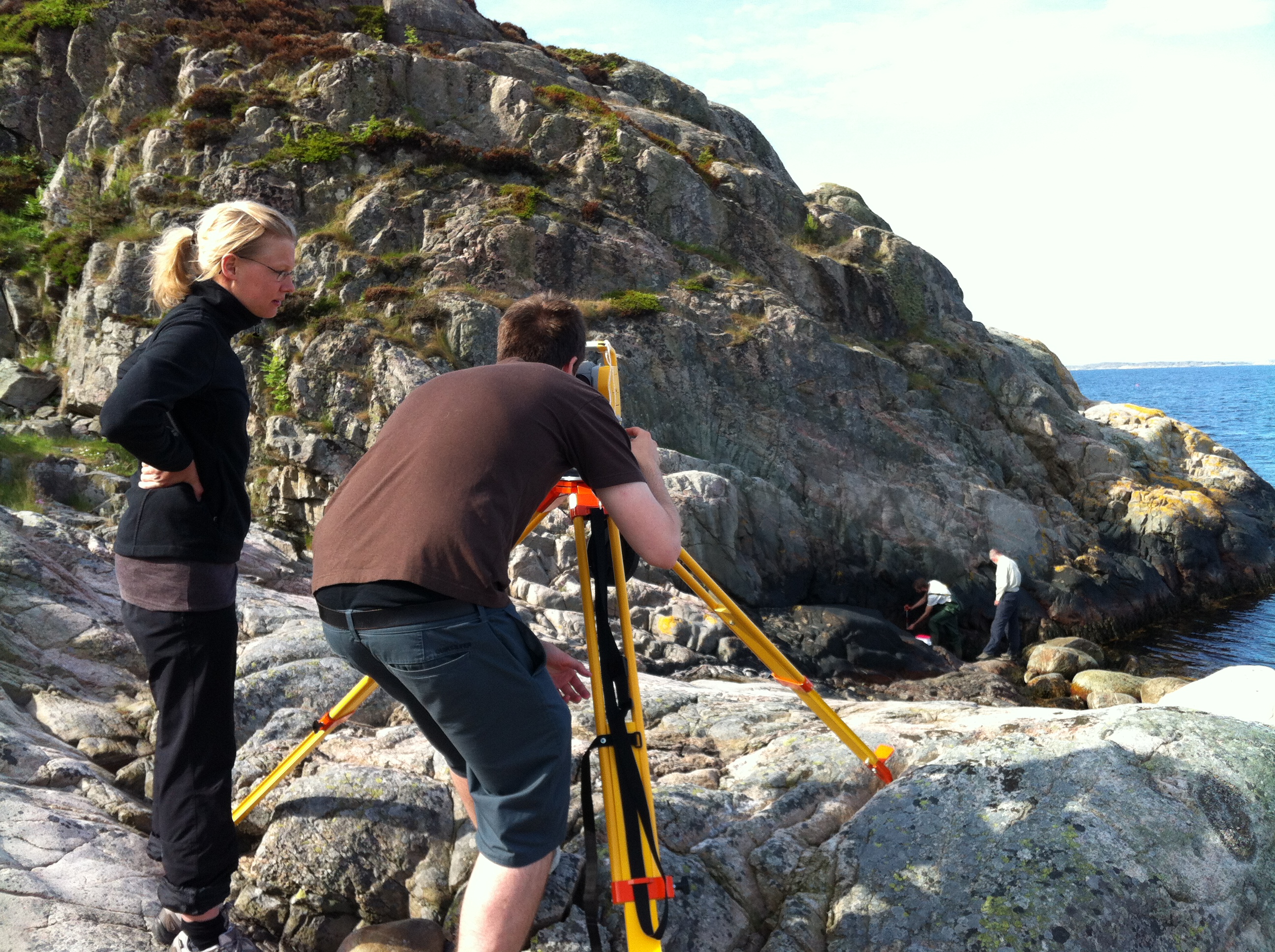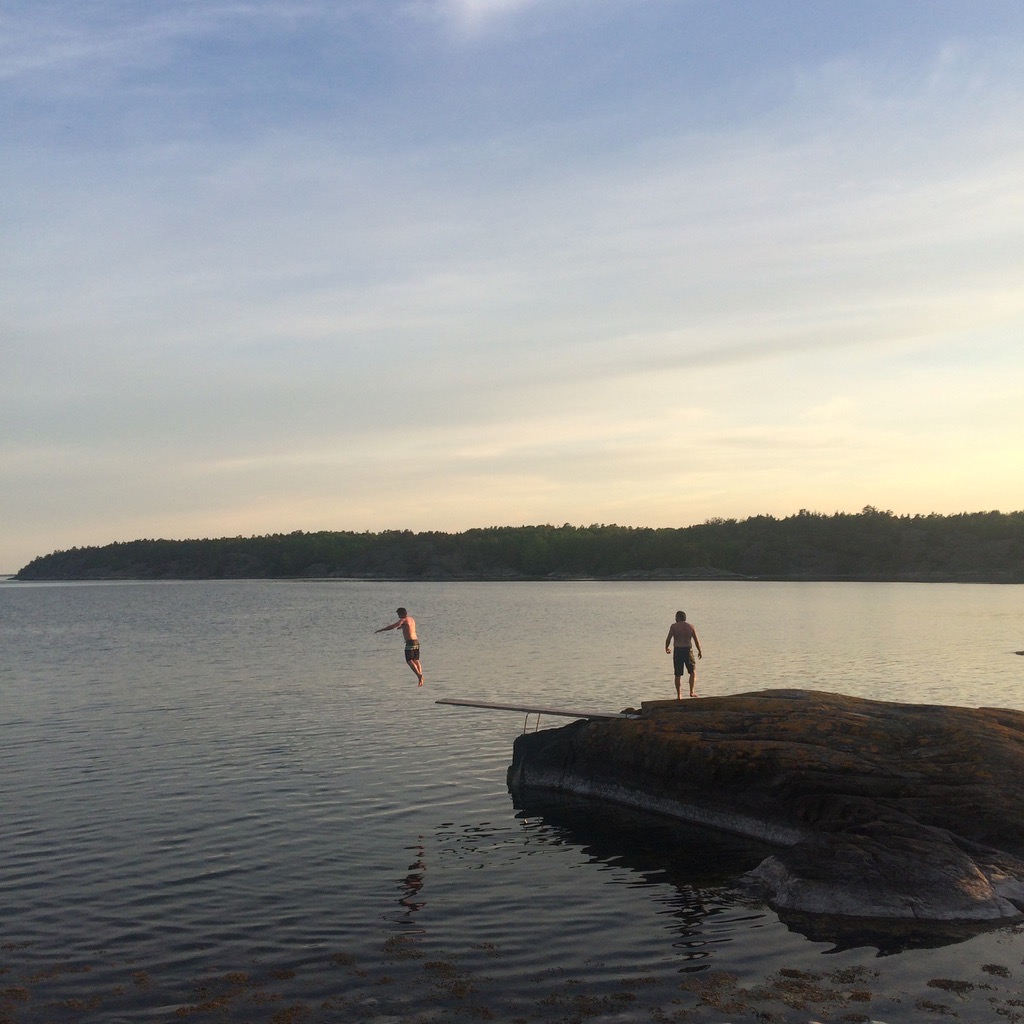In our latest author blog, Rui Faria, Kerstin Johannesson, Mark Ravinet, and Roger Butlin explain how their intensive study of an intertidal hybrid zone has shed new light on the processes of divergence and speciation.
The rough periwinkle, Littorina saxatilis, is a world champion when it comes to complicating the life of a biologist trying to classify species. This marine snail species is widely distributed mainly across the Atlantic rocky shores of Europe but is also seen in North America. If you ever go to a rocky beach in Europe, it is very likely that rough periwinkles are close by. Because of the enormous variation in the shape, size and colour of rough periwinkles, they have been given more than 100 different species or subspecies names!
Today we consider them a single entity but the question still remains, why does a species such as Littorina saxatilis evolve (and maintain) so many life-forms? Perhaps we can learn more from this marine snail about how diversity in nature evolves and is sustained. This was the main motivation for a research programme that focuses on the Littorina saxatilis system, with the most recent results obtained by Westram et al. (2018) just published in Evolution Letters.

Littorina saxatilis inhabits the intertidal, an area characterized by strong divergent selective pressures. In particular, there are steep environmental transitions in wave action and crab-predation. These transitions (among others) have been pointed out as the main drivers for the evolution of divergent ecotypes over short shore distances (<100m) observed within several sites in Sweden, Spain and UK. The recent study by Westram et al. focuses on a small part of an island rocky shore in Sweden. This island, like many others in the area, harbours a population of L. saxatilis divided into two ecotypes (Crab and Wave). In boulder fields of the rocky shore, crabs are common and prey heavily on rough periwinkles. Snails from these areas with a thick shell and a narrower aperture are more likely to survive, making up the Crab ecotype. On the wave-swept cliffs of the same shore, stronger wave action but no crabs means that smaller snails with a larger aperture have a higher survival rate, resulting in the Wave ecotype.
Along the rocky shore, boulder fields and cliffs transition into one another and ecotypes regularly hybridize over narrow (~30m) contact zones, where individuals with a mixture of both Crab and Wave characteristics are generated. Hybrid zones are often described as windows into the evolutionary process where we can observe opposing forces at play; divergent selection pulls populations apart while gene flow binds them together. We opened the curtains on the window to start looking for loci influenced by selection, loci that are strong candidates for genes underlying the outstanding diversification within this system.

Snails occur in high density, are slow moving and fairly collaborative, so it was possible to sample 600 of them across a 150m transect (from Crab to Wave habitat) in a day. We also took the exact position of each snail in three dimensions with a total station. Sampling was followed by detailed characterization of each snail for shape, size and colour phenotypes in the lab. Tedious work, even for a dedicated team, but the view from the Tjärnö Marine Laboratory is inspiring and we had plenty of opportunities for “fika” to galvanise us.

We didn’t just go after snail phenotypes though. Using target capture, we sequenced ~40,000 random regions of the L. saxatilis genome. Months of bioinformatics analyses followed where, benefiting from well-established cline theory, we were able to identify a set of loci that a clinal distribution of allele frequencies (a sigmoid change from high frequency in one ecotype to low frequency in the other). However, it wasn’t that simple, even neutral loci can show a clinal distribution due to isolation by distance. This prompted the invitation of modellers who came up with a way to simulate clines and to distinguish the signal of non-neutral clines from the stochastic noise. This resulted in the detection of many more loci influenced by selection than if we had used a standard method such as an outlier scan; surprisingly, this also included loci that are not strongly differentiated between ecotypes. One possible explanation for this is that balancing selection favours the maintenance of polymorphisms within each ecotype.
Next we asked, how were loci influenced by selection distributed across the Littorina saxatilis genome? In order to answer this question, we had to assemble the genome into chromosomes. We took advantage of technological advances in DNA sequencing and information from lab crosses to build a genetic map: after more than a year of meticulous work we were able to put together the puzzle. Interestingly, most of the loci influenced by selection were clustered in three large genomic regions. We are now investigating this further, however it is possible that the three regions correspond to chromosomal rearrangements, such as inversions. These are known to reduce recombination and prevent the break up of adaptive combinations of alleles, facilitating the evolution of ecotypes and species.

Our next goal is to determine whether the same genome regions are involved in the evolution of other L. saxatilis forms. To do this, we are performing similar analyses in other shores of Sweden, UK, France and Spain. Together with a comparison to other closely-related marine snail species, we hope soon to shed light on the mystery surrounding this world champion in phenotypic variation.
The next time you go to a rocky beach, pay attention to the outstanding diversity and remember that a natural laboratory for studying adaptation and speciation might be right by your feet!
Several co-authors of the study contributed to this blog: Rui Faria, Kerstin Johannesson, Mark Ravinet, and Roger Butlin. The original study is freely available to read and download from Evolution Letters.


